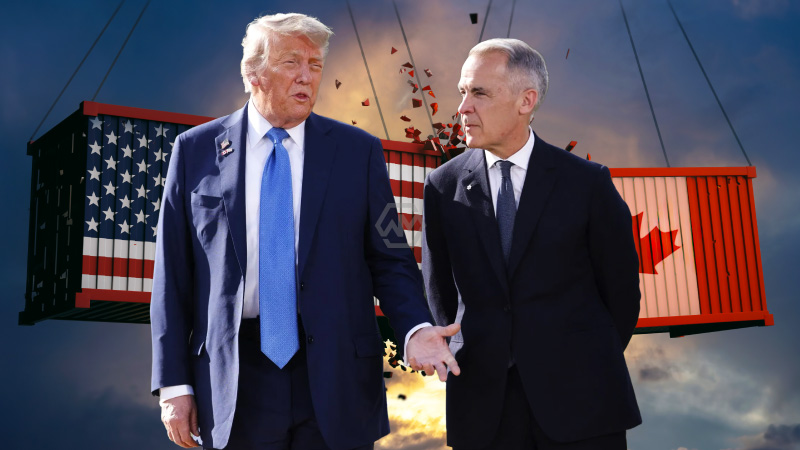- U.S. imposes 35% tariffs on select Canadian goods not covered by USMCA.
- Canada remains optimistic, with PM Carney and President Trump expected to speak soon.
- Trade Minister LeBlanc stresses economic cooperation despite political headwinds.
As trade tensions escalate, Canadian Trade Minister Dominic LeBlanc has expressed optimism about reaching a resolution with the United States. The Trump administration’s recent decision to impose a 35% tariff on Canadian goods outside the USMCA framework has sparked concern in Ottawa.
LeBlanc expects a direct conversation between Prime Minister Mark Carney and President Donald Trump in the coming days, viewing it as a crucial step toward de-escalation.
Cross-Border Strain: Canada Seeks Relief from Trump’s Tariff Surge
The latest U.S. tariffs mark a sharp uptick in a long-simmering trade standoff. Although much of Canadian trade remains protected under the USMCA, the 35% rate on select goods signals a tougher stance from Washington. The justification combines economic retaliation with concerns about public health, specifically Canada’s role in curbing fentanyl exports—an unusual mix of trade and domestic policy issues.
LeBlanc has framed the trade dispute as a test of North America’s interconnected economy. He described the U.S.-Canada trade relationship as one of co-production, where industries are so tightly integrated that disruption on one side can ripple across both economies. His message to American counterparts was clear: tariffs may harm the very sectors they aim to protect.
Despite recent social media statements by Trump questioning Canada’s foreign policy—especially Carney’s support for Palestinian recognition—Ottawa has tried to keep trade talks focused. LeBlanc said political differences shouldn’t derail economic cooperation, particularly when both nations benefit from a stable, rules-based trading framework.
With previous experience navigating U.S. trade disputes, including under the original NAFTA and earlier steel tariff battles, Canadian officials are drawing from a familiar playbook. Their strategy includes diplomatic engagement, legal review options, and economic resilience planning to soften the impact of any prolonged tariff regime.
Though the path to resolution remains uncertain, Canada is doubling down on diplomacy, betting that dialogue and shared economic interests will overcome friction.
“When goods don’t cross borders, soldiers will.” — Frédéric Bastiat



